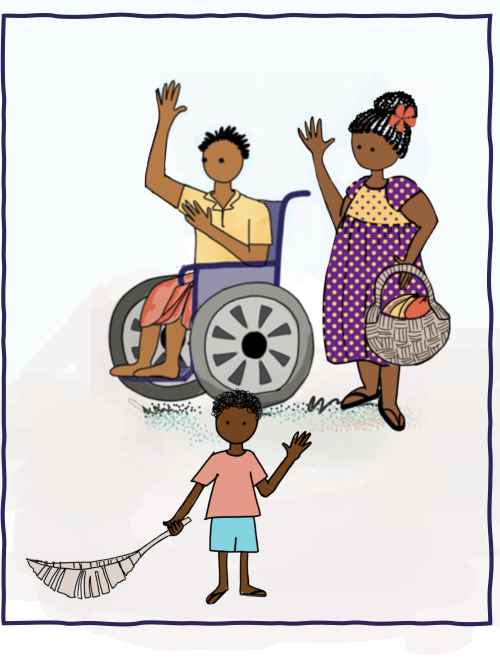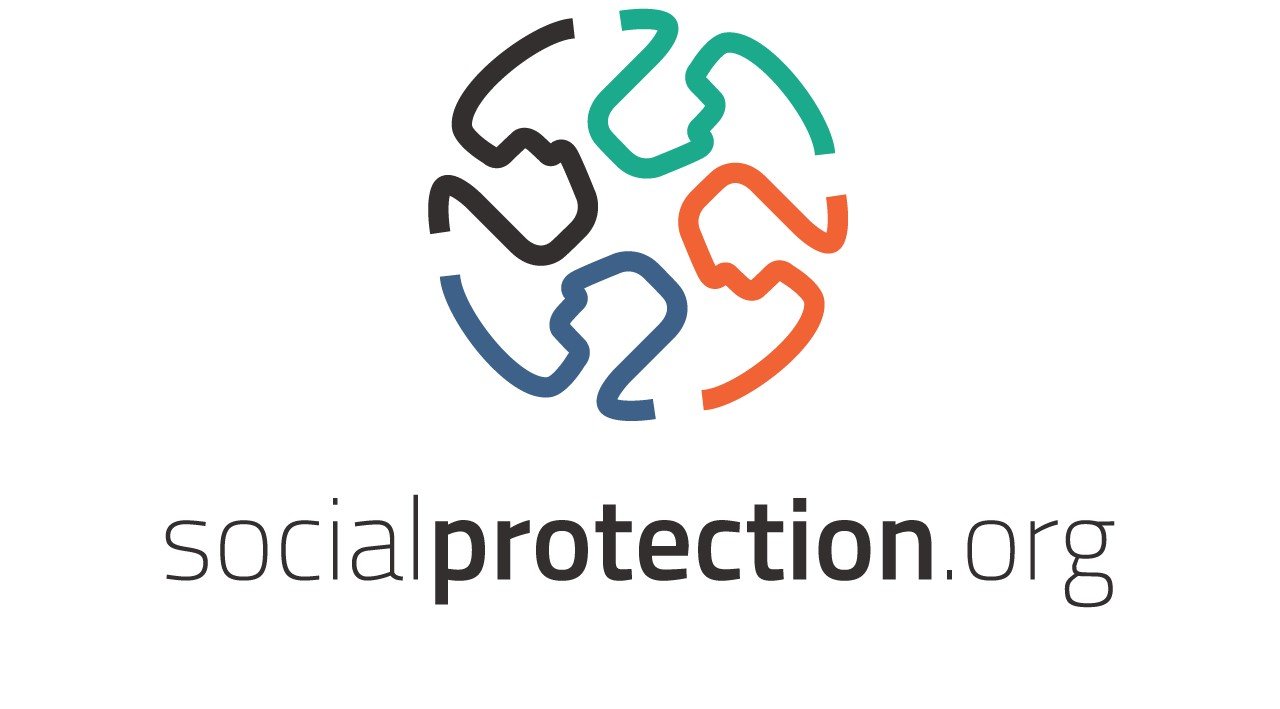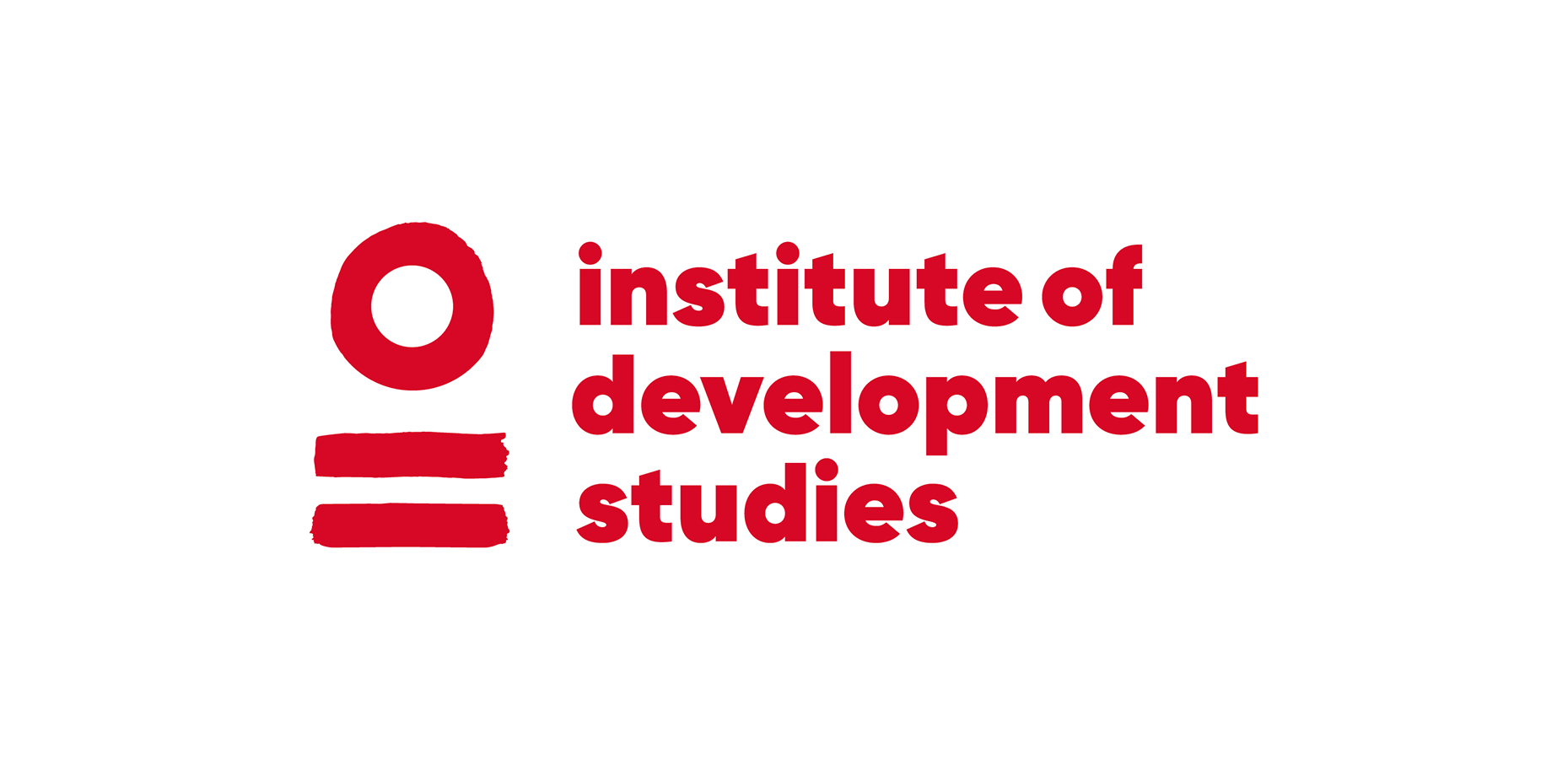Congratulations on completing this course!
Throughout this course, we’ve explored what social protection is, why it matters, and how it is implemented across the region.
- You’ve learned that social protection includes a wide range of policies and programs—both contributory and non-contributory—that help reduce poverty, manage risks, and support inclusive development.
- You've seen that social protection is important throughout the life course, helping individuals and families during times of need, and playing a critical role during shocks and disasters.
- And finally, you've explored how Pacific countries are putting social protection into action, drawing on both formal and informal systems, and adapting these systems over time to meet local needs and contexts.
While approaches may differ across the Pacific, one thing is clear: strong, inclusive, and context-appropriate social protection systems are essential for building resilience, promoting wellbeing, and ensuring that no one is left behind.
Thank you for your participation. We hope this has sparked your interest in the evolving and vital role of social protection in the Pacific and beyond.

Throughout this course, we’ve explored what social protection is, why it matters, and how it is implemented across the region.
- You’ve learned that social protection includes a wide range of policies and programs—both contributory and non-contributory—that help reduce poverty, manage risks, and support inclusive development.
- You've seen that social protection is important throughout the life course, helping individuals and families during times of need, and playing a critical role during shocks and disasters.
- And finally, you've explored how Pacific countries are putting social protection into action, drawing on both formal and informal systems, and adapting these systems over time to meet local needs and contexts.
While approaches may differ across the Pacific, one thing is clear: strong, inclusive, and context-appropriate social protection systems are essential for building resilience, promoting wellbeing, and ensuring that no one is left behind.
Thank you for your participation. We hope this has sparked your interest in the evolving and vital role of social protection in the Pacific and beyond.
Things to think about
Now that you’ve completed the training, take a moment to reflect on the following questions:
- How would you describe social protection and what does it mean in your country?
- How does your community help people who do not have enough money?
- How else might social protection support people to deal with climate change related shocks?
- How do you think Cash transfers support and promote resilience in the Pacific Islands?
- Does social protection exist in your country?
- Do you think your country has any of the following in place - child benefit, disability benefit, unemployment benefit, old-age benefit, provident fund, maternity protection, sickness benefits, benefits for poor families
To receive your certificate of completion, please complete the final quiz.
More resources
Want to learn more?
Check out socialprotection.org, an online member-based knowledge sharing and capacity building platform, open to social protection practitioners, policymakers, and experts, as well as academics and students.
Check out the below courses:
A self-paced online learning course by UNESCAP to help us capitalize on social protection as a key policy instrument to achieve inclusive and sustainable development in Asia and the Pacific.
A free online and self-paced course by IDS about the basics of social protection and its implementation around the world.
Read more:
- What the evidence says about cash transfers: Cash transfers: What does the evidence say? A rigorous review of programme impact and of the role of design and implementation features (2016). Overseas Development Institute.
- How old age benefits can support older women in the Pacific: Old age pensions in the Pacific: Benefits for women (2023). Devpolicy Blog.
- How social protection impacts people with disability in the Pacific: How can social protection be inclusive of persons with disabilities in the Pacific? (2022). P4SP.
- How the Pacific and Timor-Leste used social protection to respond to COVID-19: Social protection responses to the COVID-19 pandemic in the Pacific: A tipping point for the sector? (2021). SPACE.





